 The Caterpillar: Predator, Protector, Prey The Caterpillar: Predator, Protector, Prey Article by Curator Sam Burnham Art by Truxton Meadows “I went to a farm where they were having a country farm fair yesterday with a friend that invited me along. There was an old Caterpillar in the brush in the parking area where they just mowed around it. I was fixated by it because of just where I grew up and being fascinated by those things all my life. So, I HAD to stop and sketch it real quick.“ With that sentiment Truxton Meadows explained his sketch of a piece of heavy equipment. The machine is overgrown with grasses, weeds, and wildflowers. These organisms would fall easily in the path of an operational Caterpillar. As this thing cut logging roads through the forest it leveled plants and churned up the earth where their roots once clung. Now the predator has become prey. But this machine also cut firebreaks and offered protection from a threat that is menacing the wild lands of the Pacific Coast even as I type. The machine is a tool and it can be used to defend or destroy. In the hands of a true forester this tool benefits the forest because as any 8-year-old learns while reading The Lorax, without the trees, the business is dead. As I consider this tool I think of Wendell Berry’s work Damage: “I have made a lasting flaw in the face of the earth, for no lasting good.” My contemplation over the last several days has been on this quote. It is the importance of making decisions and changes that will have a lasting good rather than damaging my physical, psychological, and spiritual environment for no lasting good. 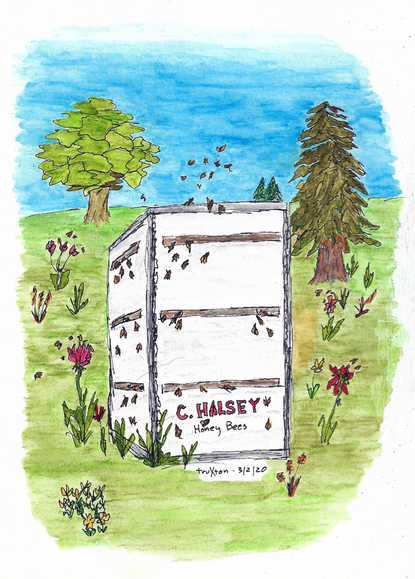 Pollinators: Lasting Good Pollinators: Lasting Good The responsible change is in maintenances, improvements, preservations. The recognition of natural, curated, and cultivated beauty aids in wise decision making. It’s a learned art. You have to be intentional about it. At least it is in my case. I’m still learning. I hope I always will be. Whether it’s proper forest management, conservation of water and soil, or basic home maintenance, what is really being protected is beauty. Sure there are utilitarian reasons for conservation but improving our surroundings impacts our senses. The smell of foliage, the sounds of birds or water lapping on the riverbank, and the sight of colors, tints, and hues all tell us our surroundings are pleasant. In their absence our senses advise us of a jarring void. Creating and maintaining these surroundings doesn’t mean building nothing, changing nothing, or refusing to intervene in nature. It means creating lasting good. So the Caterpillar, while seeming boisterous, barbaric, and crude, can be used to protect, to build, to improve. 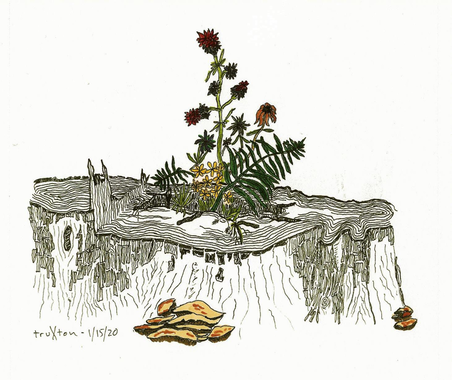 The Circle of Life Continues The Circle of Life Continues The Caterpillar inspired Meadows because of a deep familial connection to forestry. But there are many layers to this art. Look at them for yourself. What do you see? What is the relationship between beauty and beast? Art and life interact here. Art provides beauty in our surroundings but it also recognizes the beauty that is already there. This can help us make decisions. Should a tree be cut? What is the lasting good? Should a building be built? What is the lasting good? Again, it’s not about restrictions, it’s about wisdom. This is where my current situation, my current thoughts and meditations, my present reality have led me. It has been a wild year for sure. But through this process I have found beauty, a greater appreciation for it, and a desire to make more of it, and protect it as best as I can.
0 Comments
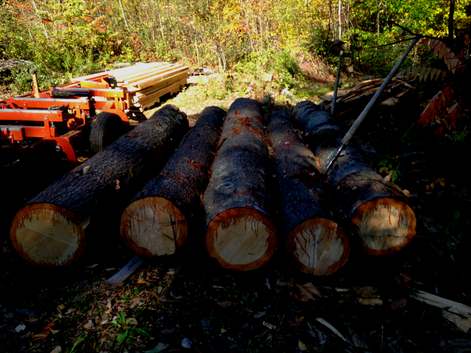 Turning Timber Into Lumber Turning Timber Into Lumber Sam Burnham, Curator At ABG our perspective is Southern. That’s because most of the people who have contributed here are Southerners. We take our stand among the live oaks, the peanut fields, and meandering rivers of The South. But the ideas we love and support aren’t always uniquely Southern. In their Statement of Principles, the 12 Southerners of I’ll Take My Stand added this thought: ”But there are many other minority communities opposed to industriaism, and wanting a much simpler economy to live by. The communities and private persons sharing the agrarian tastes are to be found widely within the Union. Proper living is a matter of the intelligence and the will, does not depend on the local climate or geography, and is capable of a definition which is general and not Southern at all. Southerners have a filial duty to discharge to their own section. But their cause is precarious and they must seek alliances with sympathetic communities everywhere. The members of the present group would be happy to be counted as members of a national agrarian movement.” So when we speak about a need for unity in this country we have to look for common ground. We have to find things that unite us rather than divide us. That’s something that has come up in our travels and stories. I’d like to take a look at some. In 2014 I traveled to Maine. My goal was to visit the bedside of my Grandpa, to say goodbye. But my experience there shed light on the plight of non-coastal Mainers. Maine, like Georgia, is two states. The cities, which are coastal, hold political sway over the rest of the state, which is mountainous. The political issue at that moment was a ballot initiative that would put an end to hunting and trapping practices regarding black bears. The city people found the practices “cruel.” The state wildlife biologists (read: “settled science”) argued that the practices were essential for maintaining healthy populations of bears and for minimizing human-bear interactions. The rural people, whose values, practices, and beliefs belong in the articles of this website, fought to preserve hunting and trapping. The proposal was defeated by about 40,000 votes but the threat of coastal tyranny remains in Maine. 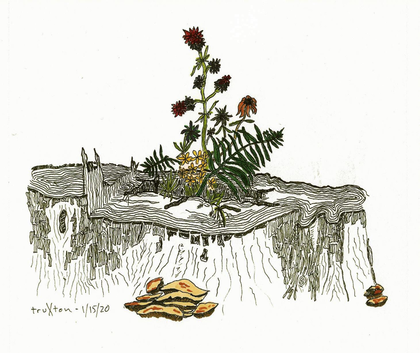 An Oregon Tree Stump - Truxton Meadows (Click for Link) An Oregon Tree Stump - Truxton Meadows (Click for Link) Out in Oregon I have a friend who recently discovered he has a gift in the visual arts. His family has deep roots in those woods. His father was a logging road inspector who started in forestry at the age of 16. He put in 42 years of service before retiring. Now his son has a pile of stories from riding shotgun in the forestry truck with dad. Deep in those woods stands the memory of a burned train trestle that spanned a huge canyon. “ It’s something nobody else but someone that drove back that deep would ever see or knew existed.” He also has the stories from his great-grandmother who went out on the Oregon Trail. “ She lived to 105 and used to tell us kids about coming over on the wagon train as a little girl and the history of that area.” ”My family is tied to the woods here. Sadly, they’re burning now.” That sorrow isn’t just from the environmental or economic damage the fires are creating. It’s from a real attachment to the land. It’s the knowledge that those trees, mountains, rivers, that land is where generations of his family took their stand. That love comes through in some of his art which appears here, linked to his artist page. 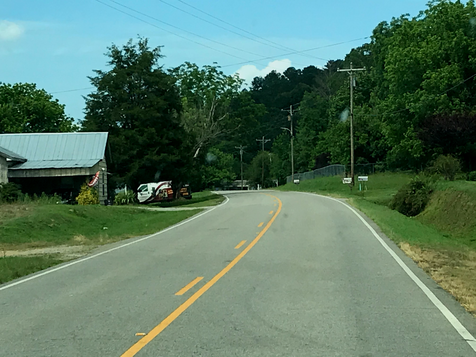 Rock Run, Alabama - A Place That Matters Rock Run, Alabama - A Place That Matters We could tell these stories forever. They could come from every region of the country. Those proud Texans, Kansas Jayhawks, and Indiana Hoosiers could all make an argument on why their plot of dirt is the best place on Earth, whether you agree or not. We even see this phenomenon in the troubled communities deep in our cities. For a person of this mentality, home is home. It’s not just where you hang your hat, it’s where you take your stand. For a man or woman this connected to home, they’ll fight to protect that spot. They’ll work to make it better. They’ll ward off gentrification, they’ll support local businesses, they’ll look out for their neighbors. The problems we face as a country aren’t going to be solved in Washington. It does not matter which party has control. It will only get better when this mindset takes root in all the little places no one thinks about. When folks love a place enough to make it better, that’s when we’ll see true greatness return. Mentoring school kids, picking up litter, just loving a place - thinking local, acting local - that’s where the difference is made. That’s where, although divided by space, we become united in mission. Where’s your spot? What do you love? 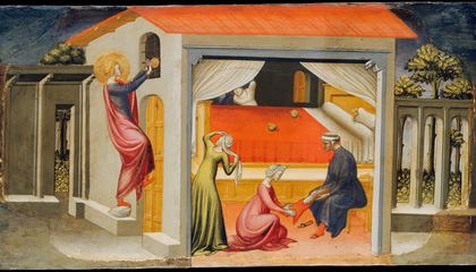 St. Nicholas providing the dowries, from an altarpiece in a monastery in Florence. The piece was painted between 1433-1435. St. Nicholas providing the dowries, from an altarpiece in a monastery in Florence. The piece was painted between 1433-1435. Sam Burnham, Curator Christmas has so many traditions that they often get lost in the crowd. Some of the ones that survive have origins that are forgotten or lost. So I was excited to learn that the orange I often found in my Christmas stocking is an old tradition with a story. I really agree with this Smithsonian article that this tradition, which has fallen into obscurity, needs to make a comeback. I’ve found just the way to make it a Southern tradition. Santa Claus is traced back to the 3rd Century Bishop of Myra, St. Nicholas. A story from church tradition relates that there were three woefully poor maidens and that St. Nicholas came one night and dropped three balls (or bags, or bars, or coins, depending on the storyteller) of gold through their window to serve as their dowries. Without this generosity these ladies would not find husbands as a dowry was a necessity in those days. That story is connected to the tradition of the Christmas orange that often appears in stockings on Christmas morning. The orange’s bright hue represents the glow of the gold. Hanging stockings for Santa became a tradition in the early 1800s and placing an orange in the stockings seems to have come into fashion about that same time. 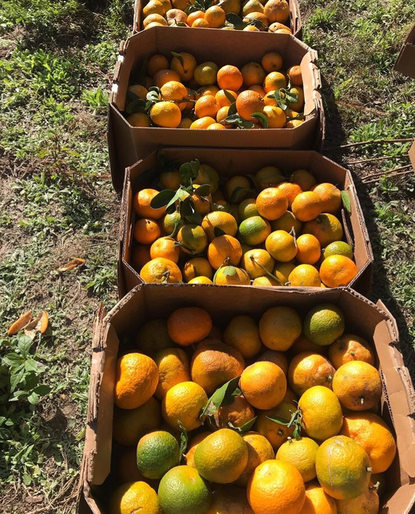 Souega Satsuma Harvest - Photo courtesy Brandon Chonko Souega Satsuma Harvest - Photo courtesy Brandon Chonko So what’s the verdict? That’s the best part. I hate California citrus because it looks like the fruit in a dollar store still life or maybe some of the wax fruit in a bowl on your grandmother’s table. It’s perfect, bright colored, without a blemish. It tastes like candy, such a juicy sweetness but without that tart sassiness we love in our citrus. Florida citrus looks like it woke up on the wrong side of the bed. You don’t dare mention it’s appearance for fear of retribution. Oh it has a delicious sweetness but it also has that sting of the citric acid, that slap in the mouth that makes you feel alive. These Georgia satsumas are like their Floridian cousins. They section like a clementine, meaning they peel easily and separate into individual sections. The beginning of each bite is that sweet juiciness that you expect but it has that same tart finish. It’s so odd to explain, that sweet and sour taste in the same fruit. But it’s so familiar, so beloved. It’s a piece of home. This Christmas, if you’re down in the Souega - Southeast Georgia - area, look up Grassroots Farms and get you some of these delicious satsumas while they last. Drop them in your loved ones’ stockings, if you can resist eating them immediately. |
Sam B.Historian, self-proclaimed gentleman, agrarian-at-heart, & curator extraordinaire Social MediaCategories
All
Archives
November 2022
|
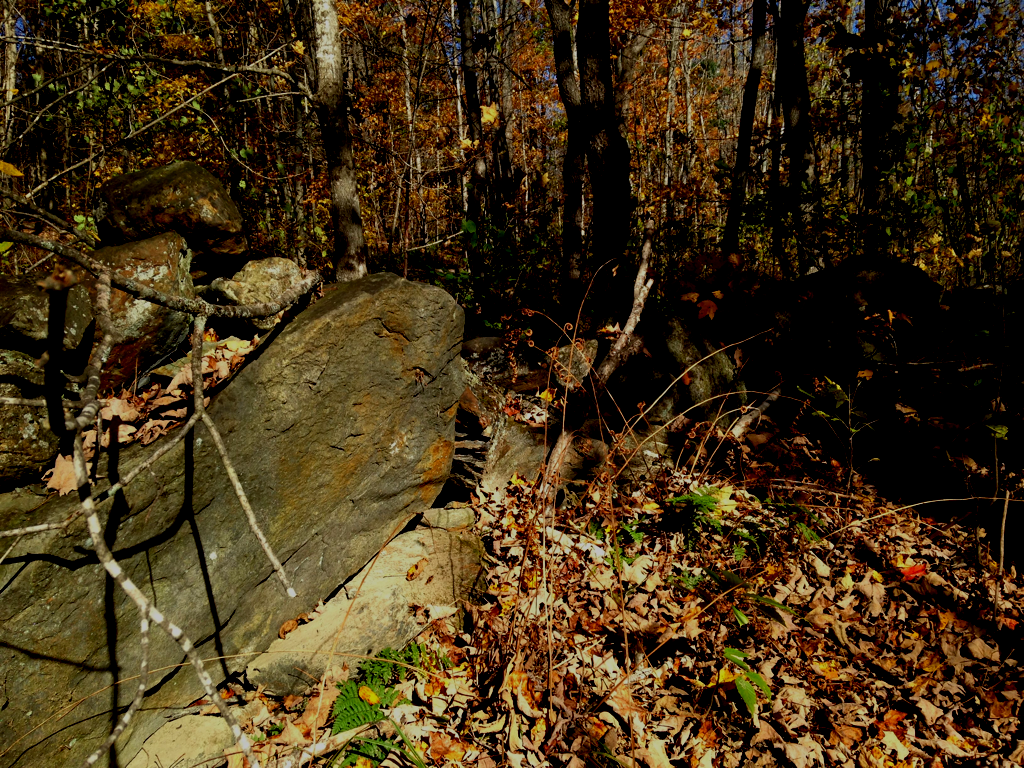
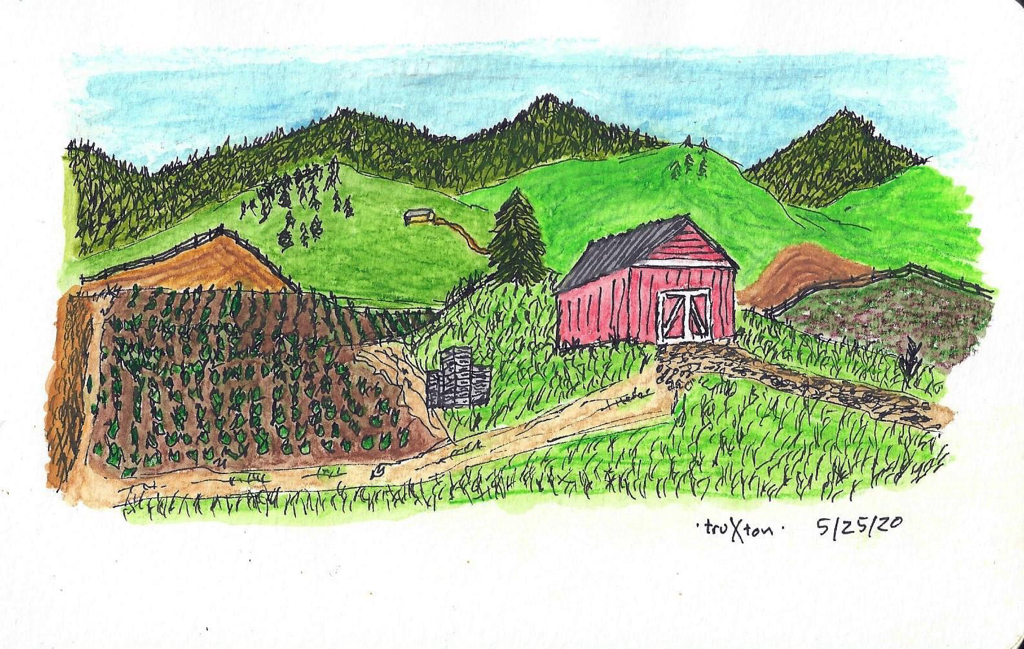
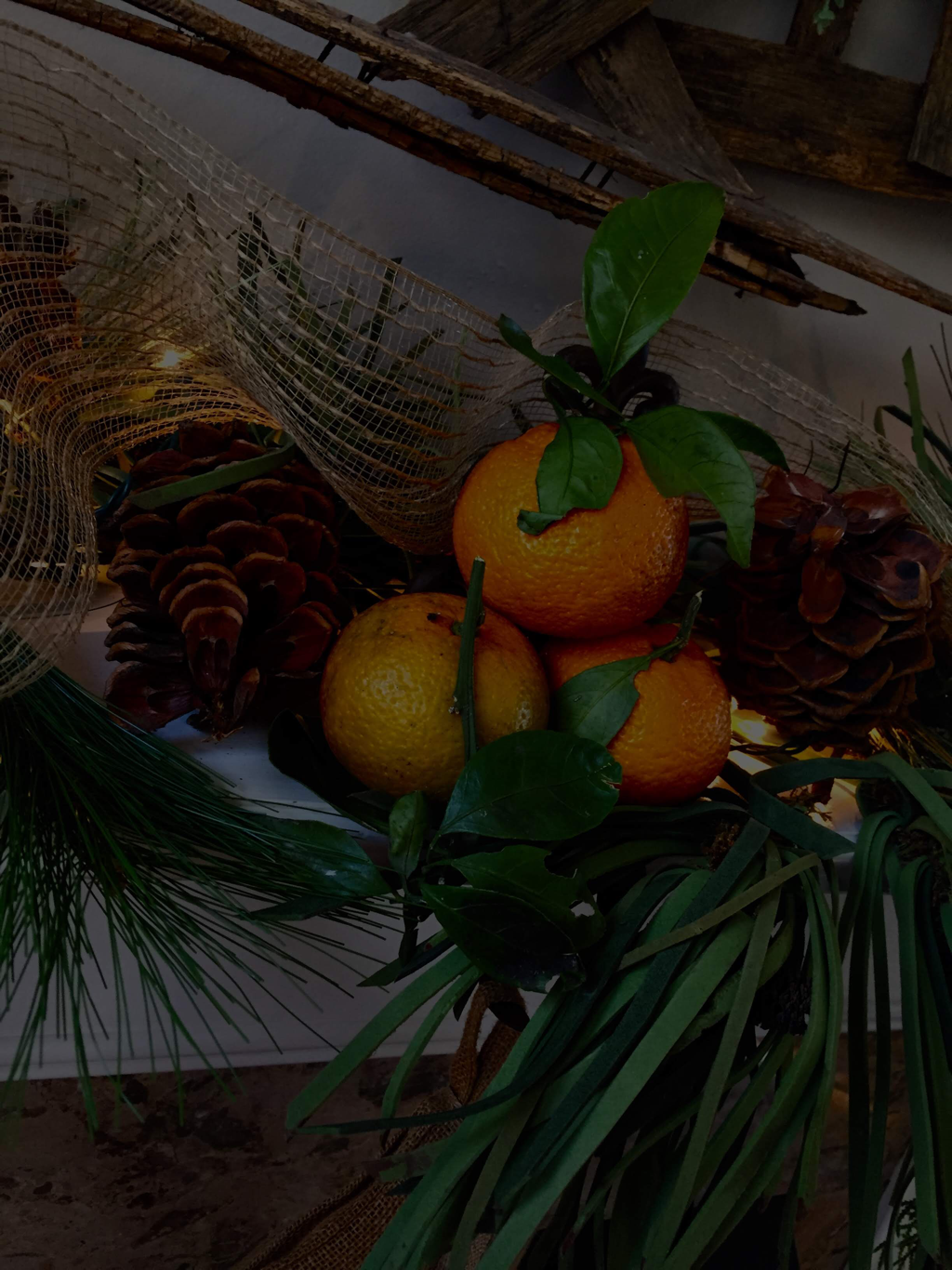


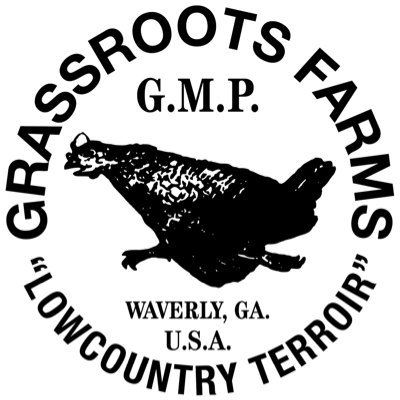
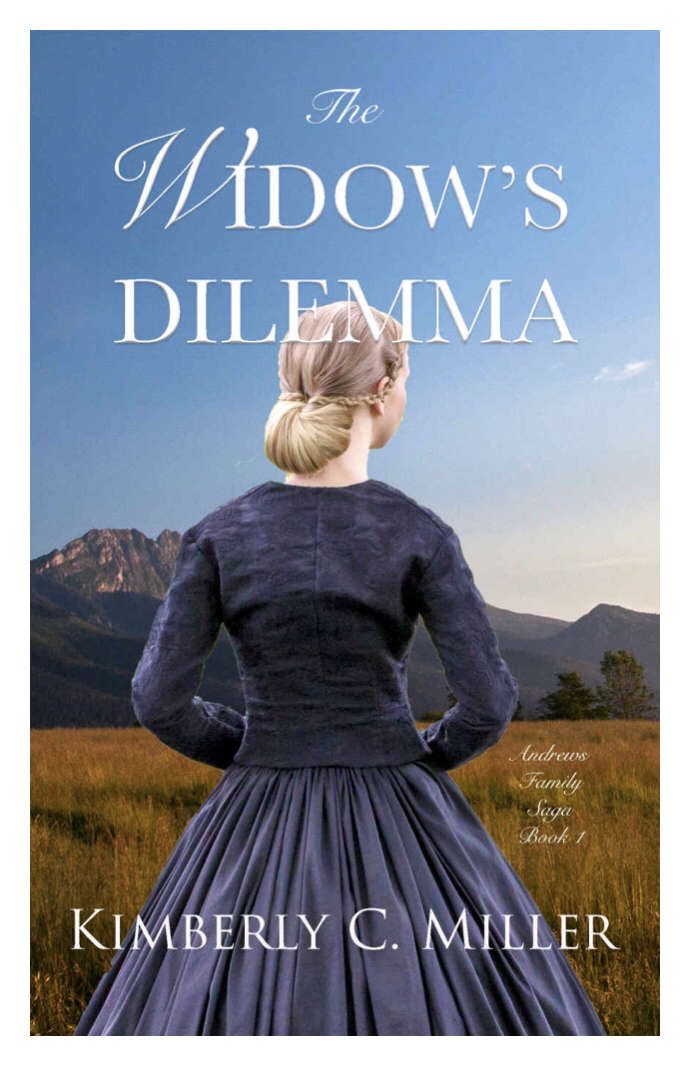
 RSS Feed
RSS Feed
